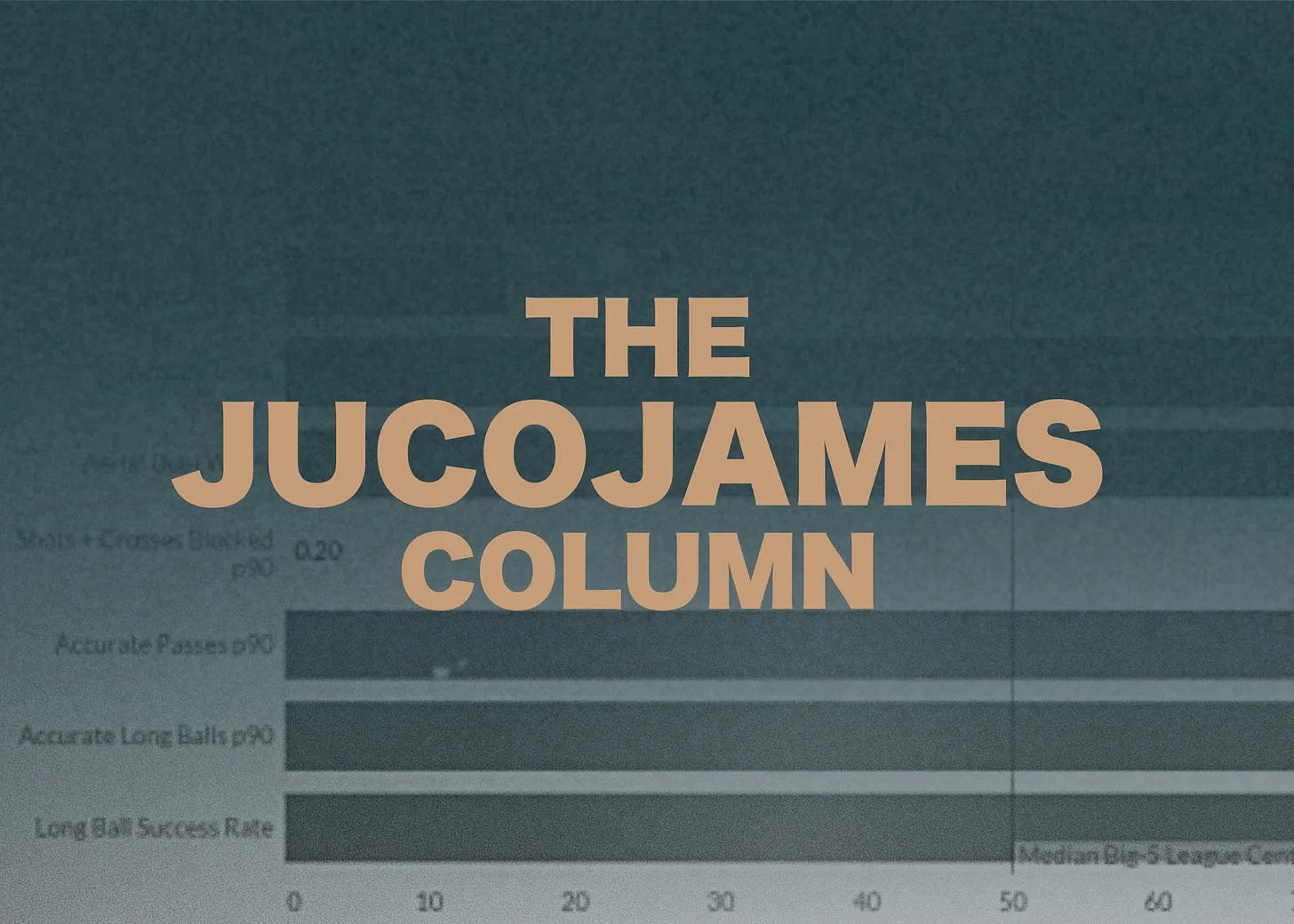A relatively simple concept within investment analytics is that securities (stocks, bonds, etc.) do not perform within a vacuum. They are part of broad markets that move for a myriad of complex reasons…say a wildly unpredictable political leader of a major global economy starting a trade war, for example?
On many recent days, financial markets have whipped around with a degree of volatility that has not been experienced since the craziest days during the Global Financial Crises in autumn 2008. Whether someone owned British Petroleum or Exxon Mobil from the close of April 2nd to the close April 3rd in the US (BP also trades in the US), those individual stocks did not go down in a vacuum.
Exxon was down about -5%, BP -6%, and the S&P 1200 Global Energy Index -7% for that single day of trading. The US S&P 500 Index was down about 5%, while the largest fund that trades in the US for the UK FTSE 100 Index was “only” down about 1% that day.
Much of the price decline in US trading occurred after the cash market had closed in London, so the US-based instrument responded once the London cash market “caught up” the next day and was down about 8% for the two day period.
Seems pretty complicated!
Which is my point - something as “simple” as a single day’s trading in the stock market can be incredibly complex when it comes to figuring out what happened, and if one is a portfolio manager being paid to invest, what active role their decisions played in driving that performance.
I share this as a framing for covering a similar concept within my analytical framework for football, which is that players do not perform within a vacuum. While this concept may be absurdly obvious, it is not one for which I see the broader football analytics community account.
As a relatively extreme example to try and help expand, would a striker who has 0.50 in average non-penalty xG per 90 minutes be performing the similarly if he plays for Celtic versus St. Johnstone?
That hypothetical striker would account for about 24% of Celtic’s non-penalty xG per 90 through 33 games, but 65% of St. Johnstone’s.
Keep reading with a 7-day free trial
Subscribe to The Huddle Breakdown to keep reading this post and get 7 days of free access to the full post archives.





